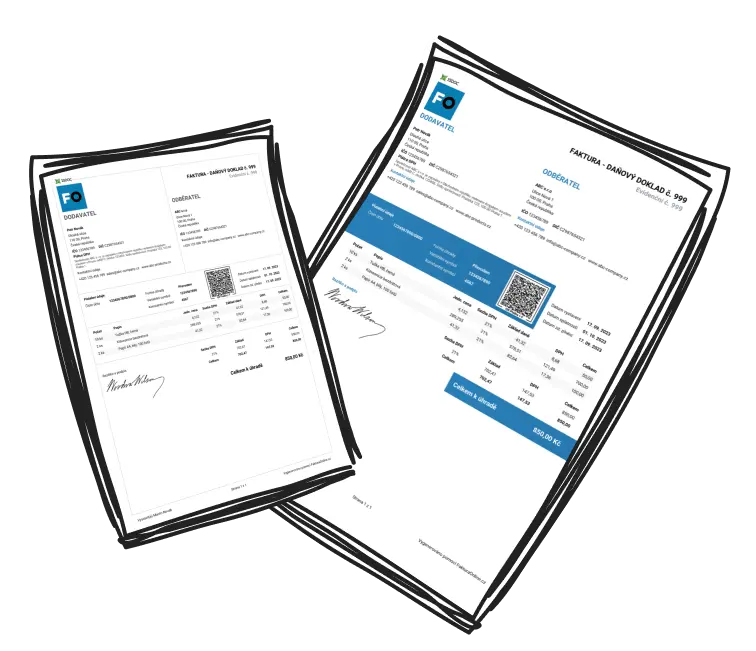Investing involves a wide range of terms and tools that can be confusing for beginners. This investment glossary provides a concise overview of the most important terms every investor should know.
Stocks
Stocks represent ownership in a company. When you buy stocks, you become a shareholder and have the right to a portion of the company’s profits (dividends) and potentially influence decision-making through voting rights at shareholder meetings. Stocks are considered riskier investments, but they offer the potential for high returns.
Bonds
Bonds are securities issued by governments or corporations to raise funds. When you invest in bonds, you are lending money to the issuer, who will pay interest over a set period, and return the principal value at maturity.
ETFs (Exchange-Traded Funds)
ETFs are investment funds traded on stock exchanges. They provide an opportunity to invest in a diversified portfolio of assets, such as stocks, bonds, or commodities. ETFs are liquid and low-cost, making them a popular choice for investors looking to diversify.
Mutual Funds
Mutual funds pool money from many investors and invest it in a diverse range of assets. This allows investors to have a diversified portfolio and share in the fund's profits. Mutual funds can be actively or passively managed.
Diversification
Diversification is the strategy of spreading investments across different asset classes (stocks, bonds, real estate) to reduce risk and achieve more stable returns. A diversified portfolio has a greater chance of mitigating risks from a downturn in any one asset class.

Tip for investors:
Diversify your investments across various assets to minimize risk and improve portfolio stability.
Volatility
Volatility refers to the fluctuation in the price of an asset. High volatility means the asset's price can change rapidly and unpredictably, increasing both risk and potential returns.
Commodities
Commodities are basic goods like gold, oil, wheat, or coffee that are traded on commodity markets. Investing in commodities can be a way to hedge against inflation or diversify your portfolio.
CFD (Contract for Difference)
A CFD is a financial instrument that allows you to speculate on the price movements of assets without owning them. Leverage means that you can control a larger position with a smaller investment, but it also increases the risk of both gains and losses.
Investment Horizon
The investment horizon refers to the time frame over which you plan to hold an investment. Short-term investmentsare typically less risky but offer lower returns, while long-term investments generally provide more stable returns over time.
Risk Profile
Your risk profile indicates how much risk you are willing to take with your investments. Investors with a low-risk profile prefer safer investments, while those with a high-risk profile may seek higher returns, even at the cost of increased risk.
Leverage
Leverage allows you to control a larger position with a smaller investment. It can magnify profits but also amplify losses if the market moves against you.
Dividends
Dividends are a portion of a company’s profits paid out to shareholders. Dividends can be paid in cash or additional shares of stock. Companies that pay dividends are typically more established and stable.
Liquidity
Liquidity refers to the ability of an asset to be quickly converted into cash without significantly affecting its price. Stocksgenerally have high liquidity, while real estate tends to have low liquidity.
Growth vs. Value Stocks
Growth stocks are shares of companies with high growth potential, but they may have low or no dividends. Value stocks are shares that are undervalued compared to their intrinsic worth and often provide stable dividends and lower risk.
Hedging
Hedging is a strategy used to protect against negative price movements in the market. This could involve using options contracts or investing in commodities as a way to offset potential losses.
Contracts for Difference (CFD)
A CFD is a speculative tool that allows you to trade based on the price difference of an asset from when you enter a position to when you exit. CFDs are often used for short-term trades.
When using CFDs, it is essential to understand the leverage risks, which can significantly increase both your gains and losses.

Conclusion
This investment glossary provides a quick overview of the key terms every investor should know. Understanding these basic concepts will help you navigate the investment world and make more informed decisions.

You might be interested in learning more about protecting your savings against inflation in this article: How to Protect Your Savings from Inflation.


